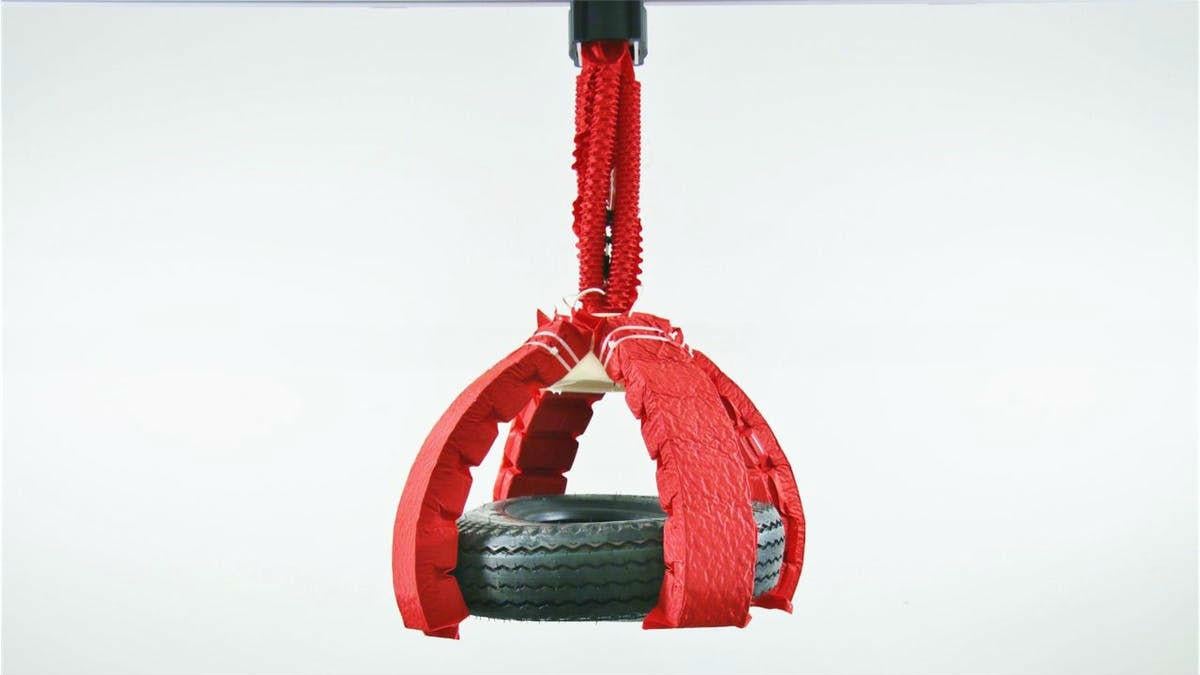Artificial muscle inspired by origami can lift 1,000 times its own weight
Possible uses include expandable space habitats on Mars

Your support helps us to tell the story
From reproductive rights to climate change to Big Tech, The Independent is on the ground when the story is developing. Whether it's investigating the financials of Elon Musk's pro-Trump PAC or producing our latest documentary, 'The A Word', which shines a light on the American women fighting for reproductive rights, we know how important it is to parse out the facts from the messaging.
At such a critical moment in US history, we need reporters on the ground. Your donation allows us to keep sending journalists to speak to both sides of the story.
The Independent is trusted by Americans across the entire political spectrum. And unlike many other quality news outlets, we choose not to lock Americans out of our reporting and analysis with paywalls. We believe quality journalism should be available to everyone, paid for by those who can afford it.
Your support makes all the difference.Inspired by the Japanese art of origami, scientists in the US have developed an artificial muscle that can lift up to a thousand times its own weight.
Report suggest the muscles could be used to provide extraordinary strength to robots, yet allowing them to operate with precision and dexterity.
“Artificial muscles are flexible actuators with capabilities similar to, or even beyond, natural muscles. They have been widely used in many applications as alternatives to more traditional rigid electromagnetic motors,” the scientists write in the Proceedings of the National Academy of Sciences.
“Here we propose an architecture for fluid-driven origami-inspired artificial muscles. This concept requires only a compressible skeleton, a flexible skin, and a fluid medium.”
Daniela Rus, director of MIT’s Computer Science and Artificial Intelligence Laboratory and one of the study’s senior authors, said scientists had been interested in soft robots for some time - they’re robust and easy control.
The drawback is that unlike robots made from hard materials, they have little ability to lift
“What we want are soft, safe, compliant robots that have strength, that have the properties that are now achievable with hard-bodied systems,” she said. “This way we have the best of both worlds.”
The scientists, who collaborated with experts from Harvard University,
Reports suggest that possible uses include expandable space habitats on Mars, miniature surgical devices, robotic exoskeletons and deep-sea exploration devices.
“Artificial muscle-like actuators are one of the most important grand challenges in all of engineering,” said co-author Rob Wood, professor of engineering and applied sciences at Harvard.
“Now that we have created actuators with properties similar to natural muscle, we can imagine building almost any robot for almost any task.”
Join our commenting forum
Join thought-provoking conversations, follow other Independent readers and see their replies
Comments